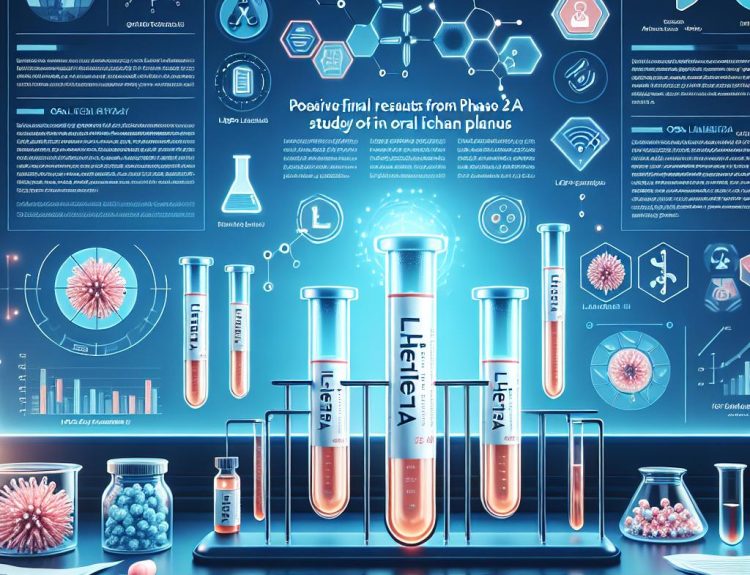Windtree Therapeutics has secured stockholder approval to pivot its business away from in‑house drug development and toward environmental services, while seeking partners for its cardiovascular and oncology assets. All ten proposals at the August 28, 2025 special meeting passed, including authorizing up to 1 billion shares to support dealmaking. The company will not pursue a cryptocurrency treasury strategy and intends to monetize its biotech programs through partnerships designed to deliver near‑term cash and longer‑term milestones and royalties. Management signaled that environmental services will become the operating core, with a planned transaction to establish a revenue base and room for roll‑up scale.
The decision underscores a stark reality of today’s capital cycle: some micro‑cap biotechs are exiting direct R&D to survive, effectively transforming into diversified holdcos. For pharma BD teams, the message is clear. Cardiovascular and oncology assets once housed in a development‑first company are now available to in‑license or acquire under financially pragmatic structures. Windtree’s 2024 spend of roughly $8.8 million on its cardiovascular program highlights the scale of costs it aims to shed through partnerships, shifting risk and development responsibility to better‑capitalized operators.
Why this matters now is twofold. First, the cost of capital remains unforgiving for small clinical‑stage companies, making cash‑flowing adjacencies more attractive than binary R&D outcomes. Second, the cardiovascular category is seeing renewed strategic interest as metabolic, cardio‑renal, and device‑drug hybrids converge. Buyers with cardiology field forces, real‑world evidence infrastructure, and payer relationships can accelerate these assets more efficiently than Windtree could on its own. The beneficiaries could be patients who gain continuity under experienced sponsors, but only if transitions are rapid and trial operations are preserved.
Medical Affairs leaders in potential partner organizations should prepare for the mechanics of an asset handover: safeguarding data integrity, ensuring uninterrupted safety monitoring, stabilizing investigator engagement, and planning evidence generation that aligns with emerging payer demands. If Windtree’s programs are mid‑development, continuity plans for ongoing or paused studies, registrational strategies, and pharmacovigilance will be critical to avoid data loss and site attrition. For payers, impact is indirect today but will surface through the eventual clinical differentiation and outcomes evidence that new sponsors bring to market.
The authorization to issue up to 1 billion shares creates a broad toolkit for Windtree to complete its environmental services build‑out, potentially via stock‑based acquisitions. That shift could give the company recurring revenue while converting its biotech pipeline into financial assets through royalties and milestones. For competitors, the window to secure cardiology or oncology assets on partner‑friendly terms may be shorter than it appears if multiple bidders converge, especially those seeking to augment pipeline optionality without expanding fixed R&D overhead.
This move fits a broader pattern of distressed biotech consolidation, creative financing, and asset redeployment to operators with scale. The next signal to watch is the identity and profile of Windtree’s partners: a specialist cardiology player looking for label expansion, a mid‑cap with underutilized medical and market access infrastructure, or a regional entrant seeking Western pipeline exposure. The strategic question now is whether these partnerships can convert stranded science into clinically and commercially meaningful products faster than the capital markets cycle turns—before today’s pivot becomes tomorrow’s missed opportunity.
Jon Napitupulu is Director of Media Relations at The Clinical Trial Vanguard. Jon, a computer data scientist, focuses on the latest clinical trial industry news and trends.







